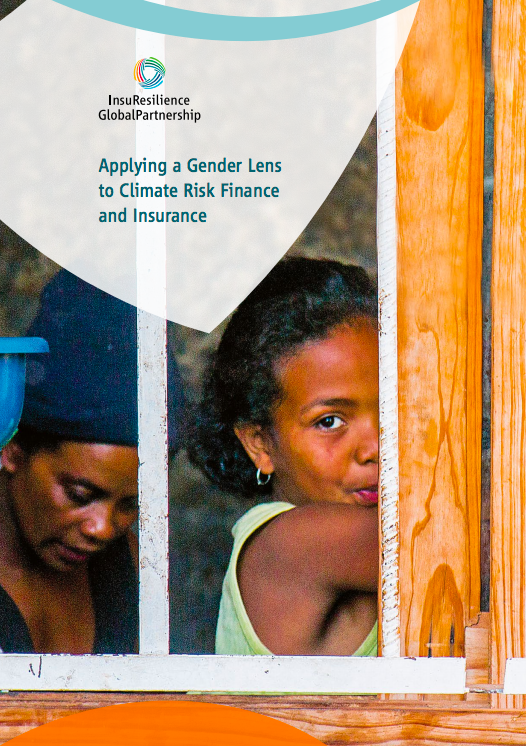Applying a Gender Lens to Climate Risk Finance and Insurance

SUMMARY
International climate change experts and frameworks recognize that women and men face different climate change vulnerabilities, risks, and impacts based on their gender. Women are disproportionately represented among the poorest and most vulnerable populations that suffer the most significant impacts. This is acknowledged in the ‘Gender Action Plan (GAP),’ adopted at COP 23, which calls for a gender-sensitive approach to mitigation actions and adaptive responses. This includes promoting gender-sensitive climate risk insurance, which acknowledges gender differential vulnerabilities to climate change and patterns of access and usage of financial services between men and women due to social norms.
This paper explores the links between gender and disaster risk financing and insurance—with a special focus on climate risk insurance. It provides a stocktaking of existing climate risk insurance schemes that incorporate gender, identifies potential challenges and opportunities for women, and sets out recommendations on how to further mainstream this topic within the InsuResilience Global Partnership.